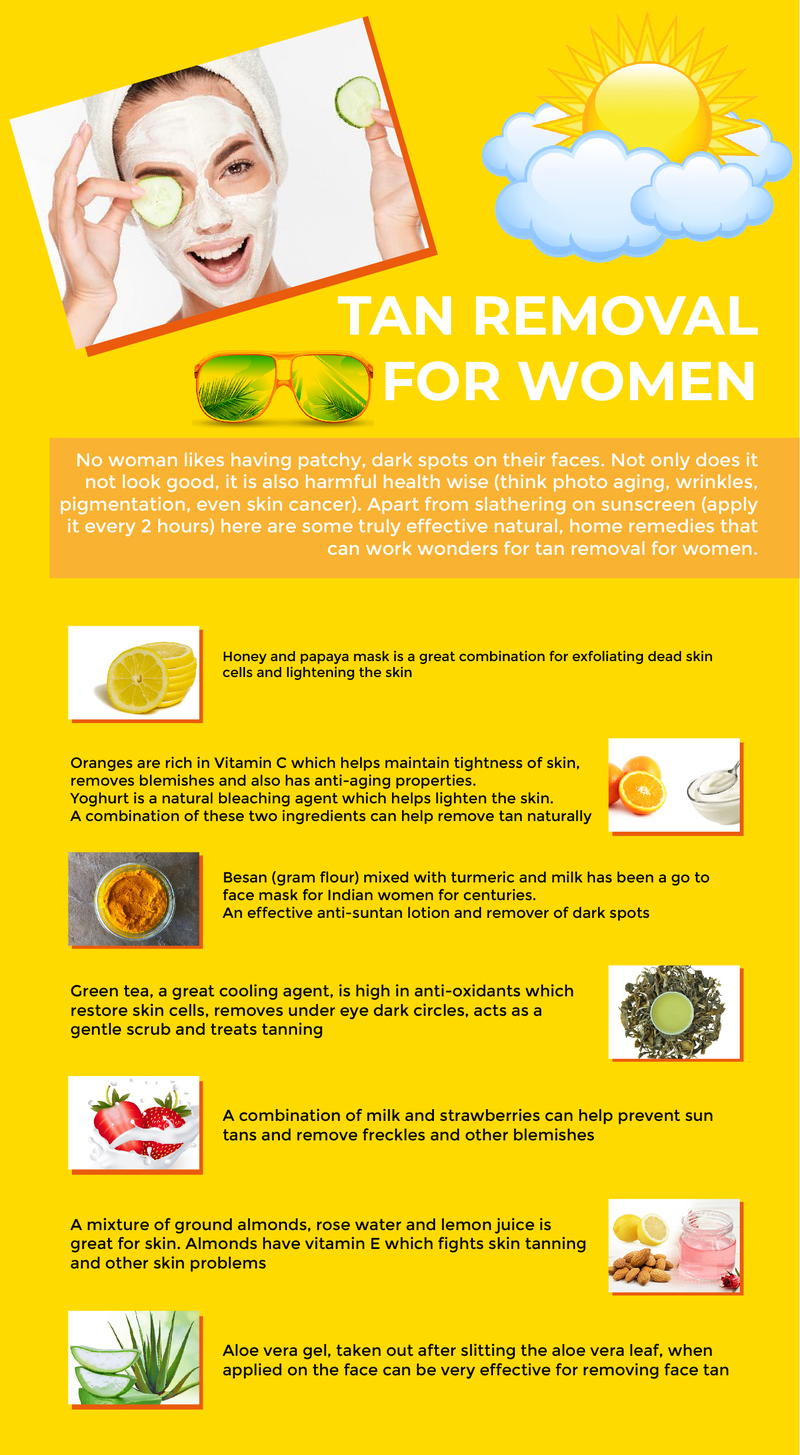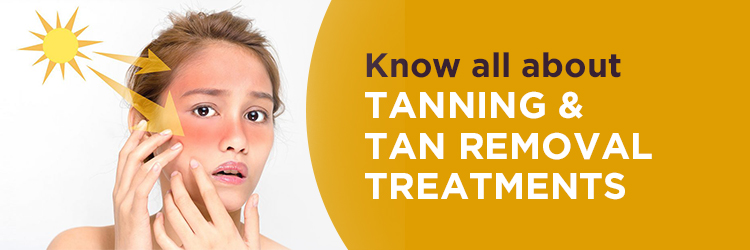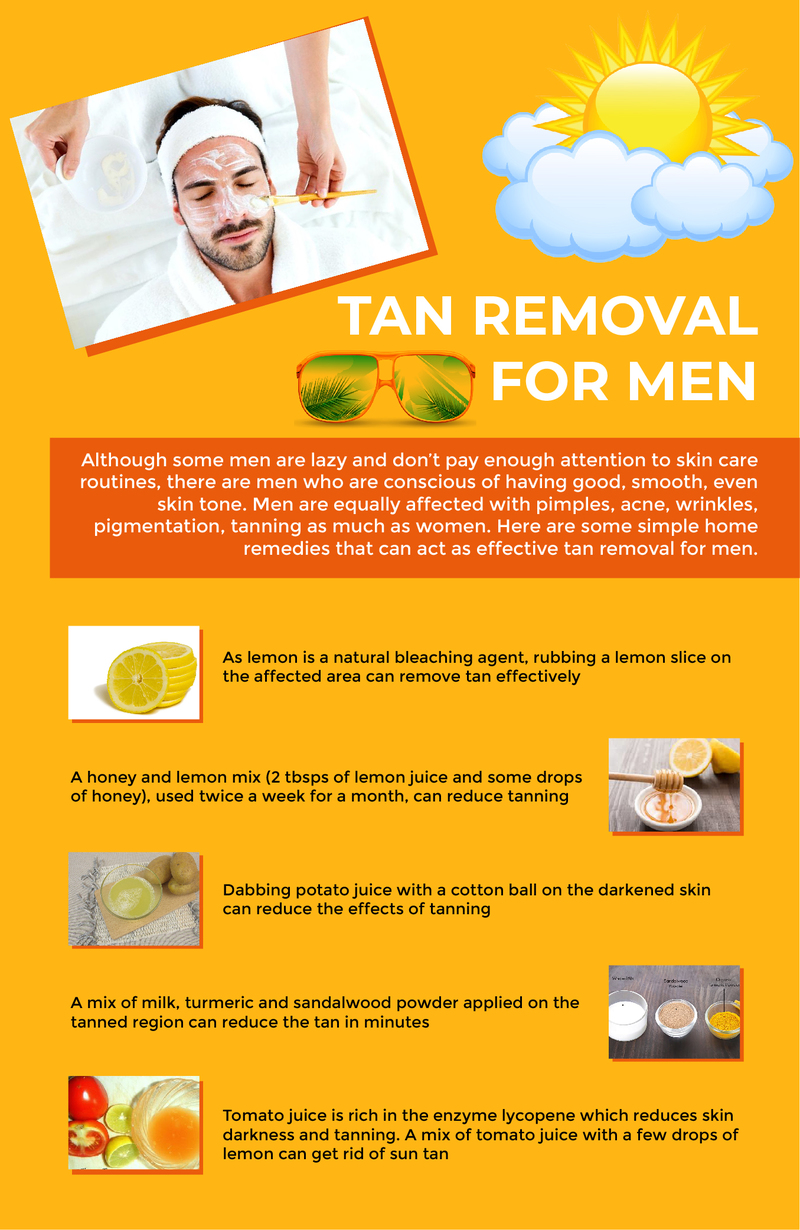What Is Tanning?
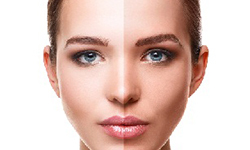
How Does Tanning Happen?
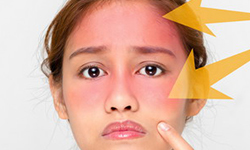
What Are Stubborn Tans?
No matter how much you try and cover yourself or use sunscreen to protect yourself from the sun’s rays, certain parts of your body are invariably exposed to the UV rays for a long period of time causing stubborn tans which can be difficult to remove.
What Is Pigmentation?
Pigmentation or hyperpigmentation is a skin condition that occurs when the production of melanin (the pigment that gives our skin, hair, and eyes their color and is produced by cells called melanocytes) in our body becomes unhealthy or unusually high. People who have dark skin will have more melanin in their skin than those who have a lighter skin tone. Hyperpigmentation is a common skin condition caused mainly due to hormones, sun exposure and inflammation and can affect people of all skin types causing dark patches and spots on parts of the body. Some commonly known types of pigmentation include melasma, sunspots, and post-inflammation hyperpigmentation.
Why Should You Treat Your Tanned Skin?
Tanned skin can lead to skin damage, skin ageing, weakening of the immune system as well as skin cancers. It is therefore necessary to fight the effects of tanning with the right tan removal treatments which get rid of excess melanin.
How To Remove Sun Tan?
Tanning, due to long term exposure to the sun’s rays, is not irreversible. There are multiple products and treatments that exfoliate the dead skin cells, wash out the extra accumulated melanin and give the skin a uniform tone as well as reduce the effects of aging. Some of the best treatments to remove tan from face and neck as well as hands, arms, feet and legs include…
Chemical Peels Chemical Peels are used to get rid of sun tanned skin and help in the quick exfoliation and regeneration of skin cells by removing tanned skin layers. Peels with different concentration strengths help to treat dark and tanned skin by removing the superficial dead skin layers that have excessive melanin. Post chemical peeling treatment, the skin starts to look clearer and returns to its original complexion.
Microdermabrasion Another tan removal treatment is Microdermabrasion which exfoliates the dead skin cells that contain excess accumulated melanin pigment. It promotes new cells to regenerate more quickly than they would ordinarily and results in skin that looks firmer, more toned, and more youthful.
Bleaching Bleaching, which brightens the face instantly and evens out the skin tone, is considered a fast treatment option to reverse a tan. But the chemical components of bleach may cause damage to the skin in case bleaching is done on a regular basis.
Laser Therapy Here’s how you can remove that stubborn tan & pigmentation, for a fast and effective outcome, using Laser Therapy… Laser therapy is a non-invasive treatment that uses light to repair and regenerate damaged skin cells. Laser tan removal involves exposing the damaged skin to laser light and the procedure eliminates the need for medication and almost always has immediate results. Preventive Measures For Tanning When You Step Outdoors
Why Choose Laser Treatment For Tanned Skin And Pigmentation?
The benefits that laser therapy entails are many. Laser treatment for pigmentation and tan removal, improves the healing response of skin, it improves immune response along with promotion of collagen for skin cell production. It also increases the blood circulation in the treatment area and reduces inflammation too. Laser therapy works by removing the damaged skin cells and inducing the skin to produce fresh and healthy skin cells eventually improving the aesthetic appeal of your skin.
How Laser Therapy Is Carried Out
Laser treatment for tan removal uses a low level red laser that is applied to the area of sun damaged skin. Here are some tips and tricks to prevent and cure skin tanning The light penetrates to up to three inches into the skin. This promotes the growth of new skin cells along with increased production of collagen, enzymes and cell growth. Laser therapy also prevents scar tissue from forming with increased collagen levels in the skin. Discover the best Sources of Collagen for Your Skin and learn more How to prepare for laser therapy? Before laser treatment, your dermatologist will review your medical history and determine if you are a suitable candidate for the therapy. It is important that you discuss expectations, risks and outcomes of the procedure at this stage. It is also necessary to take certain precautions before treatment:
- Avoid sun exposure as much as you can. Take maximum care to protect your skin if you have to step out into the sun
- Avoid tanning beds, waxing, chemical peels before the treatment
- Avoid perfumes, deodorants and any other possible skin irritants before and after the treatment.
What To Expect After The Procedure?
You could expect significant changes from immediately to up to several weeks after the procedure. Other effects include:
- Avoid applying makeup, lotions or any cosmetics to the treated area till your doctor gives you a go-ahead to do so
- Strictly adhere to your doctor’s follow up routine
Possible Risks Of Laser Therapy
Laser treatments are safe when performed by a qualified dermatologist. However, the procedure comes with certain risks like pain, swelling, bleeding, infection, scarring or crusting. These are normal side effects of the treatment, however, if you experience too much of any of the symptoms mentioned you should call your doctor immediately. Laser treatments are very effective for tanning and pigmentation & can get you fast results. Before signing up for treatments, consult with a qualified dermatologist and ask to see before and after pictures of previous patients. Make sure you are both on the same page when it comes to the results of the treatment. Learn about Laser Treatments from Cosmetologist Dr. Jay Gupte
Home Remedies For Skin Tan Removal
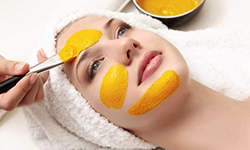
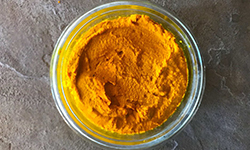 Indians have used turmeric since ages in beauty care due to its anti-bacterial, anti-inflammatory and healing properties. Also, curcumin, an active compound in turmeric helps control melanin production. Turmeric powder mixed with yogurt and water forms a paste that, when applied to the face can improve the elasticity of the skin as well as protect it from the harmful effects of UV rays. Apply the paste to your face, let it dry completely, scrub gently, and then wash it off. Use this paste twice a week to remove stubborn tan. Honey, Orange & Yoghurt Mask Certain enzymes in the orange peel boost the production of melanin and help alleviate hyperpigmentation. Honey helps keep the skin texture smooth and soft. Yogurt acts as a natural exfoliator, removing dead skin cells and tanning easily. Take some grounded dried peels of orange and mix with honey and yogurt to prepare a paste. Apply the mix on your face and let it rest. Once dry, peel off the mask. Use this face mask twice a week to remove sun tan and get clear, supple, and smooth skin. Skin tanning is a serious condition and should be treated as such. Sun exposure damages skin so take proper precautionary measures to keep your skin blemish-free healthy and glowing! Video Of The Day
Indians have used turmeric since ages in beauty care due to its anti-bacterial, anti-inflammatory and healing properties. Also, curcumin, an active compound in turmeric helps control melanin production. Turmeric powder mixed with yogurt and water forms a paste that, when applied to the face can improve the elasticity of the skin as well as protect it from the harmful effects of UV rays. Apply the paste to your face, let it dry completely, scrub gently, and then wash it off. Use this paste twice a week to remove stubborn tan. Honey, Orange & Yoghurt Mask Certain enzymes in the orange peel boost the production of melanin and help alleviate hyperpigmentation. Honey helps keep the skin texture smooth and soft. Yogurt acts as a natural exfoliator, removing dead skin cells and tanning easily. Take some grounded dried peels of orange and mix with honey and yogurt to prepare a paste. Apply the mix on your face and let it rest. Once dry, peel off the mask. Use this face mask twice a week to remove sun tan and get clear, supple, and smooth skin. Skin tanning is a serious condition and should be treated as such. Sun exposure damages skin so take proper precautionary measures to keep your skin blemish-free healthy and glowing! Video Of The Day
Tan Removal For Men
Tan Removal For Women
